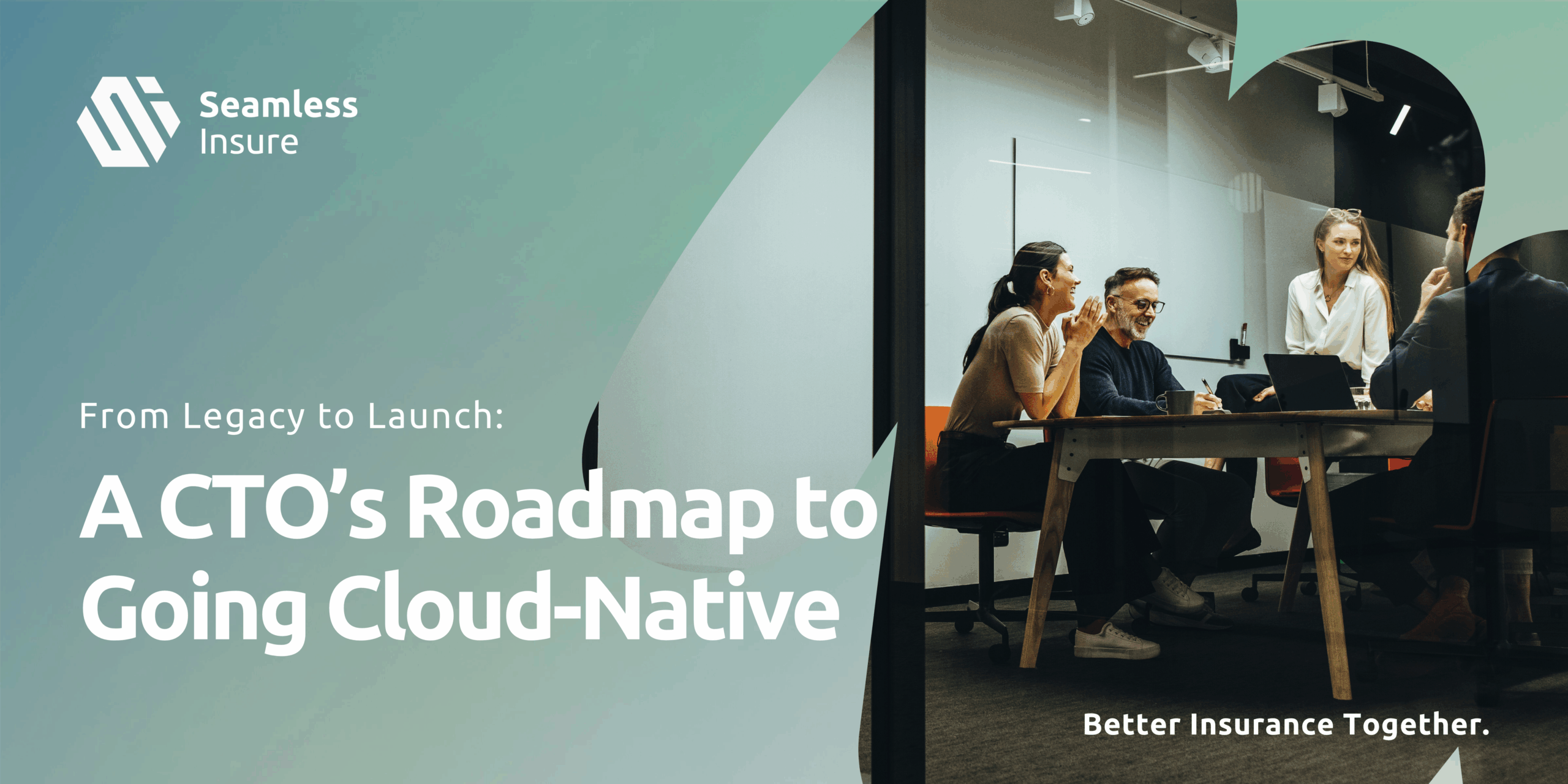
From Legacy to Launch: A CTO’s Roadmap to Going Cloud-Native in Insurance
For insurance CTOs, modernising the core system is no longer a matter of if, but how quickly and intelligently it can be achieved. The journey from legacy infrastructure to a cloud-native platform is essential—but it doesn’t come without challenges. Technical risk, cultural resistance, and operational complexity all present real obstacles.
This article provides a pragmatic, technology-led roadmap to modernising your insurance core. Drawing on proven strategies, key performance indicators (KPIs), and real-world insights, it’s designed to help CTOs lead with clarity and confidence.
Why Legacy Systems Are No Longer Enough
While legacy systems may still function, they are quietly limiting performance and stifling innovation. Common challenges include:
- High maintenance costs
- Slow time-to-market for new products
- Data silos that inhibit analytics and AI
- Lack of support for API-led ecosystems
- Inefficiencies in compliance and audit processes
📊 Gartner reports that insurers operating on legacy cores spend 60–80% of their IT budgets on maintenance—leaving minimal capacity for innovation.
What “Cloud-Native” Actually Means
Moving to the cloud isn’t simply about lifting legacy systems onto AWS or Azure. A truly cloud-native insurance platform is built for flexibility, speed, and scale. Its core characteristics include:
- Modular architecture: Microservices replace monolithic systems
- API-first: Seamless integration with partners, tools, and ecosystems
- Elastic scalability: Infrastructure that expands and contracts with demand
- Low-code configuration: Product managers can launch without developer bottlenecks
- Event-driven design: Reactive workflows (e.g. claims or policy events trigger processes)
Phase 1: Evaluate & Strategise
✅ Assessment Checklist
Begin by mapping your current environment:
- Which legacy systems support key functions (policy admin, billing, claims)?
- Which systems have the greatest impact on customer experience or operational speed?
- Which integrations must be preserved (e.g. broker portals, CRM, analytics tools)?
✅ Define Target Architecture
Establish your “North Star” vision for a cloud-native platform, including:
- Modular services with real-time processing
- Open APIs for both internal and external integration
- Scalable components aligned with future growth
Phase 2: Pilot & Modernise
Avoid the risk of a large-scale “big bang” migration. Instead, begin with a greenfield pilot—isolated from your legacy estate.
✅ Ideal Pilot Use Cases
- Usage-based motor insurance
- Embedded travel protection
- A digital MGA or specialist product line
Run the pilot on a modern platform, independently of legacy systems, to validate ROI and minimise exposure to technical debt.
🎯 Pilot Benefits
- Separate innovation from legacy complexity
- Upskill teams with new tools and practices
- Establish measurable KPIs before wider roll-out
Phase 3: Migrate & Scale
With a successful pilot in place, you can move forward with confidence into phased migration.
✅ Structured Rollout Approach
- Migrate one business line at a time
- Clean and transfer relevant policy and claims data
- Automate manual processes through event-driven workflows
- Monitor API performance, latency, and transaction throughput
📊 Pro Tip: Operate legacy and cloud-native systems in parallel during transition to mitigate risks.
💡 Accelerate with Seamless Insure
Seamless Insure helps insurers modernise faster—with reduced risk and greater agility.
We offer:
- A fully modular platform with prebuilt services for quote, bind, and claims
- Low-code tools for rapid product configuration
- Open APIs and developer sandbox for seamless integration
- Event-driven architecture for responsive automation
- Cloud-native scalability backed by enterprise-grade service levels
You don’t need a multi-year transformation. With Seamless Insure, you can pilot in months—and scale in quarters.
Ready to Launch?
Modernising your insurance core is not just a technology upgrade—it’s a strategic imperative. With the right roadmap and platform partner, your move to cloud-native can be faster, smarter, and more transformative than you think.
